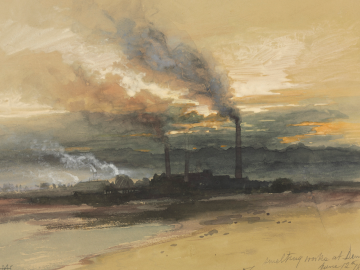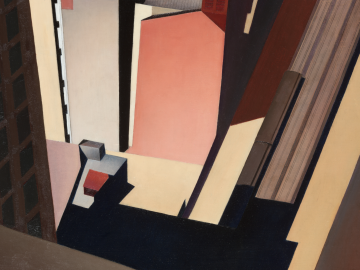Observation Journal: Surfaces
Kathleen Jennings
This observation journal spread was concerned with “Five thoughts about surface texture/decoration”.
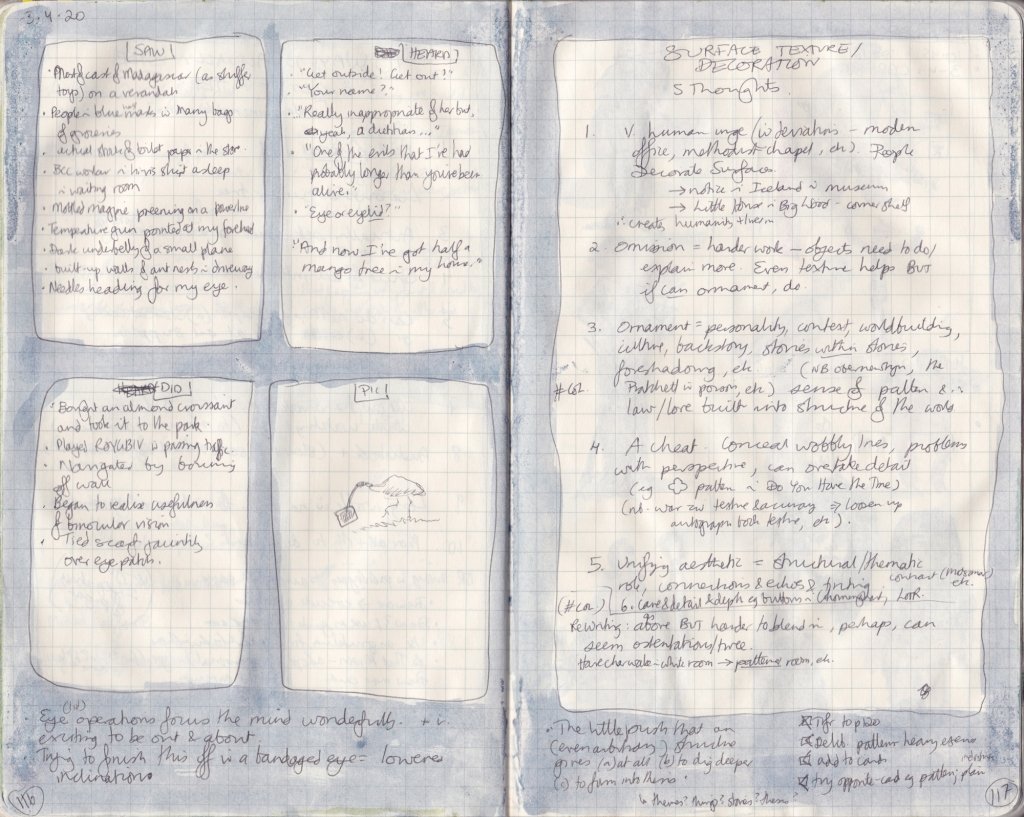
Generally, the “five thoughts on…” exercise was a good reminder of he little push than an (even arbitrary) structure gives (a) at all, (b) to dig deeper, and (c) to begin forming coherent ideas.
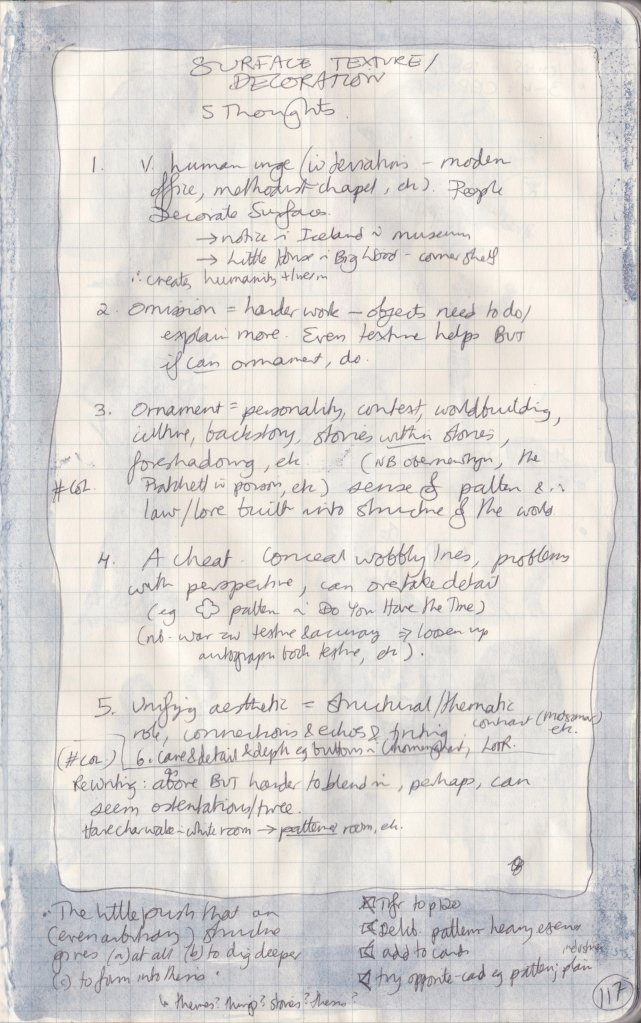
The thoughts, part of an ongoing preoccupation:
People Decorate Surfaces. It appears (with often-self-conscious exceptions) to be a fairly basic human urge. Decorating surfaces in a picture (written or drawn) therefore helps create a sense of humanity, and that a place is lived in by humans. This is something I have to remind myself of fairly often. Museums are excellent for this.
Leaving out surface texture and decoration can make the storyteller’s job harder. Even thoughtful texture helps objects to do/explain more (see: movie effects documentaries generally). Ornament takes it further.
Ornament = personality, context, worldbuilding, culture, backstory, stories within stories, foreshadowing, etc, a sense of pattern and therefore law/lore built into the structure of the world.
Cheating. Texture and ornament conceal wobbly lines, hide problems with perspective, can overrule detailed linework, etc. Opposition between texture and structure can create interesting effects (I admire this but struggle with it).
Unifying aesthetic. An overlay of textures, patterns, and/or ornaments can have a structural/thematic role. Connections and echoes and tinting.
(bonus) Care & detail & depth. High production quality can help create the impression of overall quality — this effect is often temporary. However, seeing that someone else has taken care over making a thing can sometimes make a viewer realise it might be worth taking the time to look/read/watch that thing.
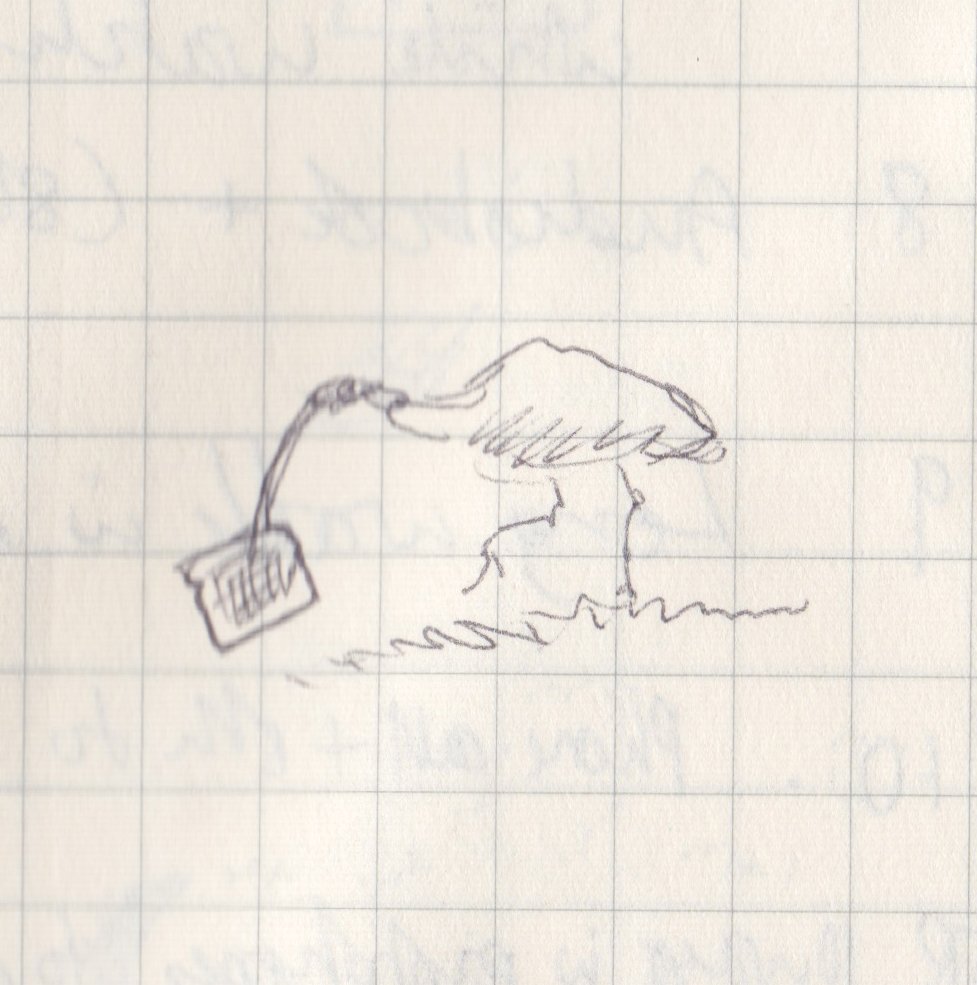
Writing/art exercise:
Think of a story-scene in a place built or occupied by people.
It can be from a project you are working on, or from a story you like.
If nothing springs to mind, pick a fairy-tale scene: perhaps the main room of the bears’ cottage from “Goldilocks and the Three Bears”.
Sketch the setting quickly (using words or pictures).
Perhaps it’s a small room, thick plastered walls, low beams in the ceiling, a wooden table with three chairs, a pot-bellied stove, a windowseat. (Or it could be the economy cabin of a plane, or a cave used by climbers, or…)
Now walk around the setting. Consider each surface. How might the people who use this place (or have used it) have decorated or textured each of those surfaces?
For example, the top of the table is probably deeply fluted and grooved by being scrubbed, its legs have been scuffed by kicking claws, and the low stairs are dipped from heavy use. The beam in the low doorway has a cushion nailed to it because bears sometimes forget to duck. The cushion is a less-washed version of the ones in the window-seat: brightly but clumsily embroidered. Someone has scratched stick-figures into the plaster, close to the floor. There are geraniums in the window, obviously (it’s a cliche for a reason), and the curtain is a tacked-up piece of… hmm, what shall it be? Samples of rich cloth a salesman carried? (And what happened to the salesman?) The shelves in the corner are lined with newspaper, some of which gives glimpses of alarmist reporting about human children rampaging in the forest. On the sides of the kitchen cabinet is painted a history of how the bears came to live in this place, and on a cheerful checkered cloth on the table is a half-whittled spoon, with “just right” worked into its twisted handle…
Look for places where the story starts to grab hold of the textures, or vice-versa.
Above, the clumsy embroidery gave me a feeling of personalities, and the vanished salesman suggested a little background mystery, which could both threaten and explain the unattended child about to feature in the story.
Look for places where you could make the details do double-work.
Could a pattern foreshadow or link to a later part of the story? Could an ornament or texture hint at a detail about the broader world? What fabric pattern or graffiti or stamped grip or commercial label could make the unfolding story better or worse for the reader, whether through secrets or deepened affection or a deeper awareness of the meaning and consequences of the actions?
Bonus: Look at your setting again and start changing aspects of the surfaces.
See how each element changes the possibilities for the story, and where they begin to force changes to other elements.
Or pick a different emotion/aesthetic/genre and see how you could change the textures to reflect that.
For example, perhaps the furniture is of highly-polished dark wood, upholstered with stiff green velvet (worn but carefully mended), lichened with antimacassars and starched doilies, and the walls whitewashed so that the low sun casts every little dimple in the plaster into long shadows, and only useful herbs grow in the window box, and there is a painstaking and pious sampler on the wall, and a single book on civilised housekeeping, and a portrait of the sort done by travelling painters in which extreme care (if mediocre talent) has been applied to try and make three bears look like three very stiff and sober humans.
Finally: In a finished project, a little can go a long way. There are other artistic considerations than how to treat the surfaces, and too much detail can be overwhelming (and sometimes none is needed at all). But the exercise of thinking through the surfaces of a scene can bring its people and possibilities to life.
